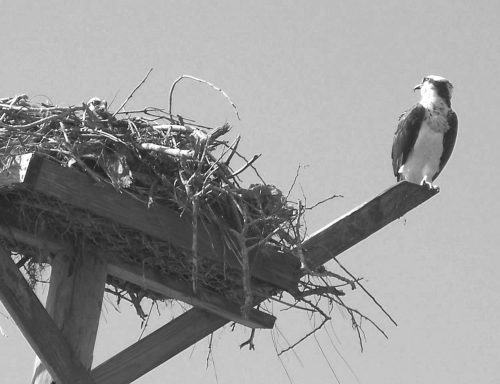In the three months that the Calusa Heritage Trail has been open daily to the public between 10 a.m. and 4 p.m., public visitation at the Pineland site has soared, with scarcely a day passing without visitors walking the pathways and enjoying the Southwest Florida winter climate.

In the past, public tours were offered only once a week on Saturdays, or by appointment to other groups, but now that the site has regular hours and a self-guided walking trail, it is almost always being enjoyed by couples, families, or other small groups. The parking area is rarely empty, and many guests take advantage of the picnic area to have lunch under the blue skies and soaring ospreys. Public tours are still offered, now every Wednesday at 10 a.m. during “season” (January through April), and groups can also schedule tours at other times. Many guests at the Tarpon Lodge across the street also take the opportunity to walk the trail, which is as notable for its archaeological features and interpretive signage as it is for its natural beauty.
RRC Operations Manager Craig Timbes, ably assisted by volunteer Terry Pierce, is shepherding the site’s rich natural vegetation through its gradual recovery from Hurricane Charley, and with their efforts the site is becoming ever more visitor-friendly, with broad open vistas of the site’s mounds, canals, ridges, and abundant flora and fauna. Not only have both existing osprey nests destroyed by winds last summer been reconstructed and reoccupied by their inhabitants, but a third nesting pair of ospreys has set up housekeeping in a tree along the ancient Pine Island Canal, and all three nests are soon to be home to new hatchlings, which visitors can watch grow and eventually fledge this coming spring.
We invite all members who have not done so already to come and rediscover the Pineland site along the new Calusa Heritage Trail.
This article was taken from the Friends of the Randell Research Center Newsletter Vol 4, No. 1. March 2005.